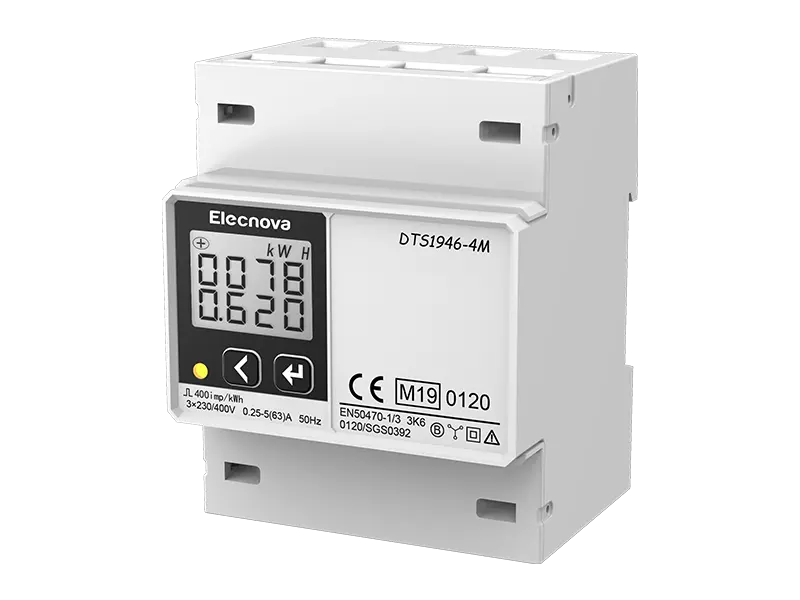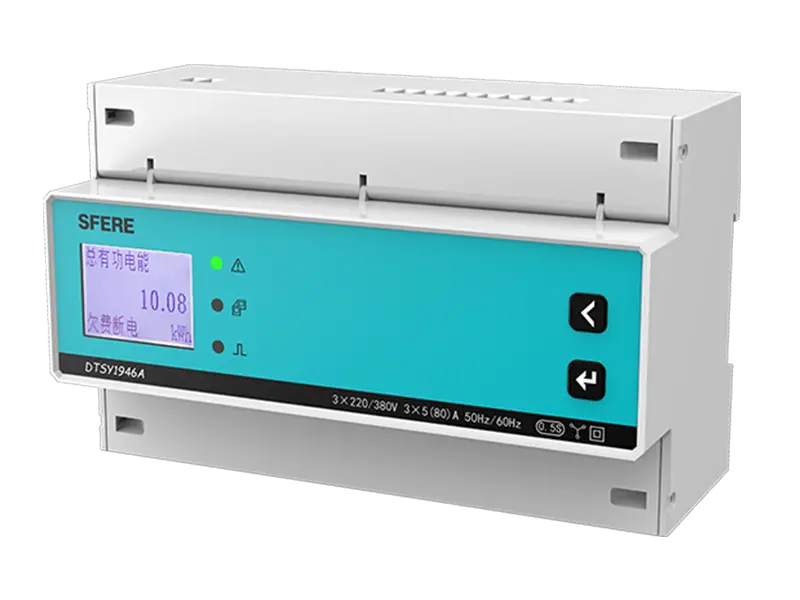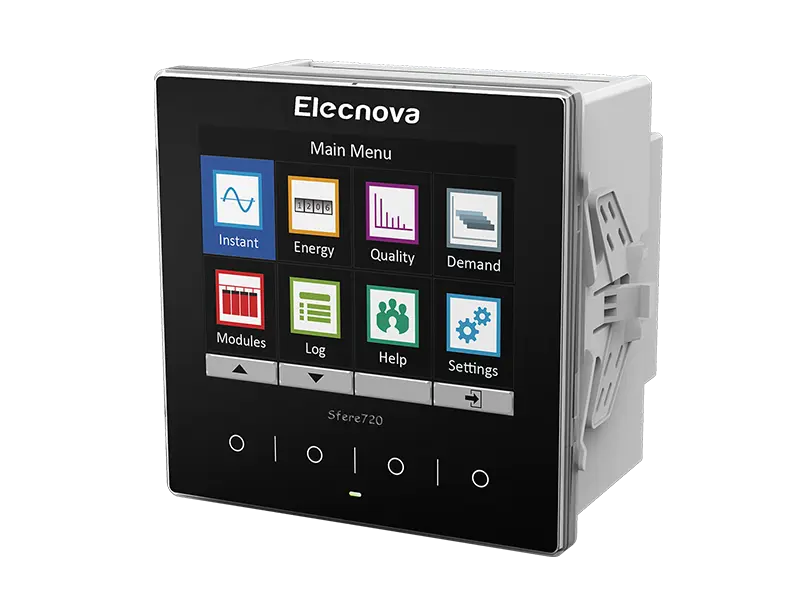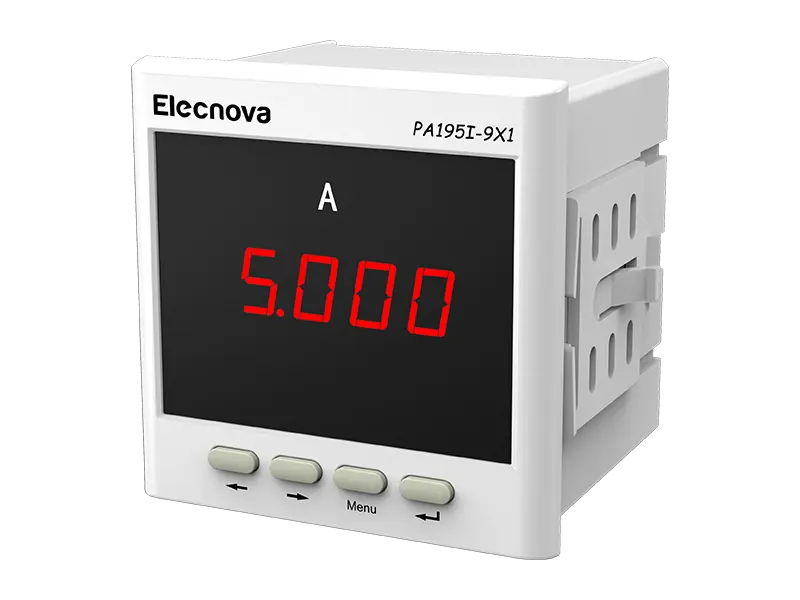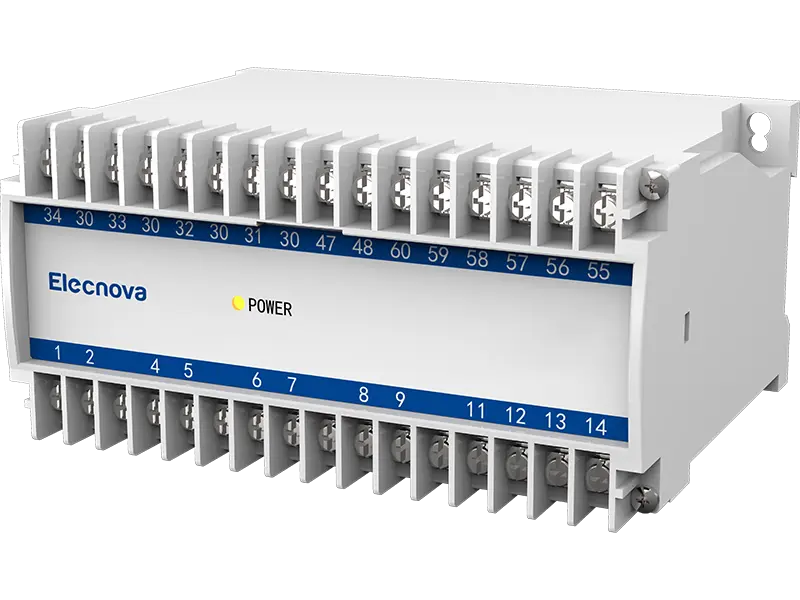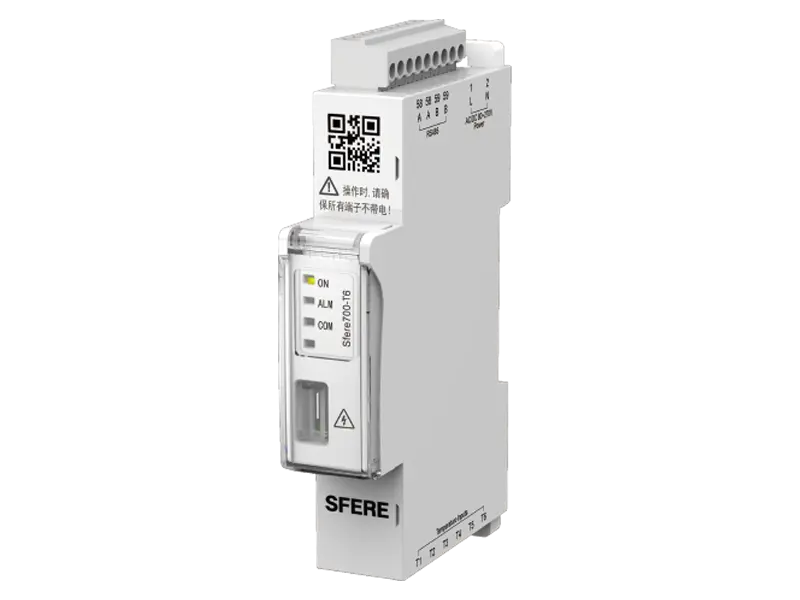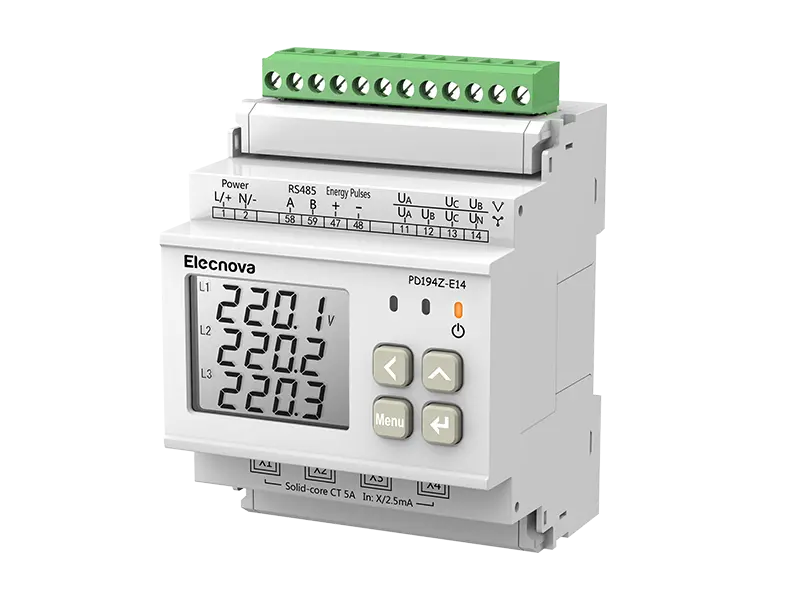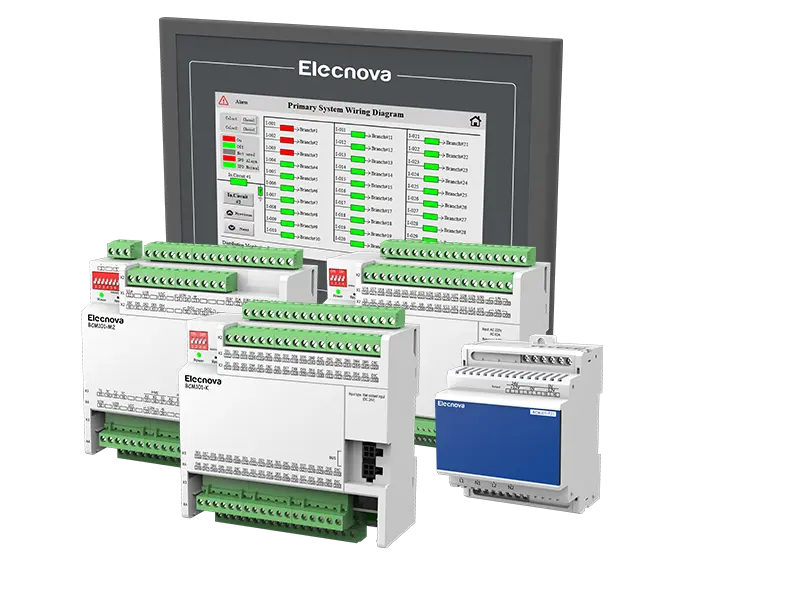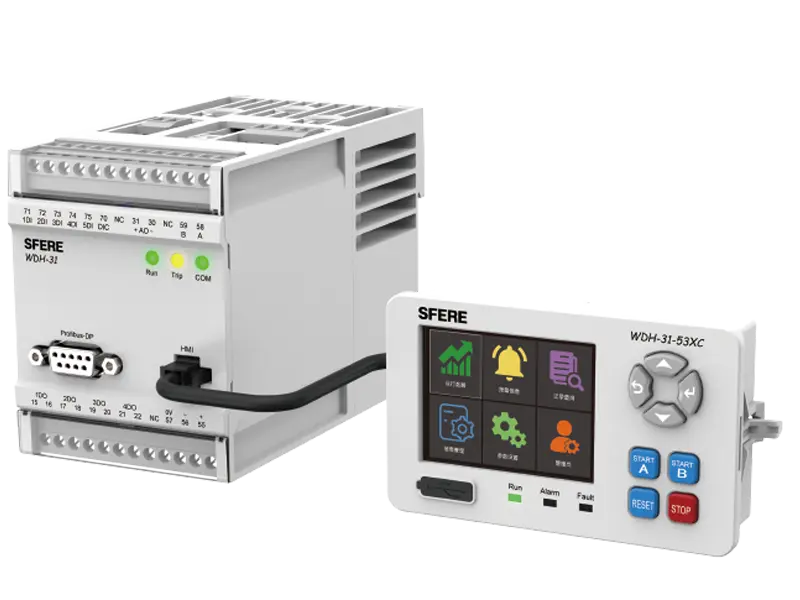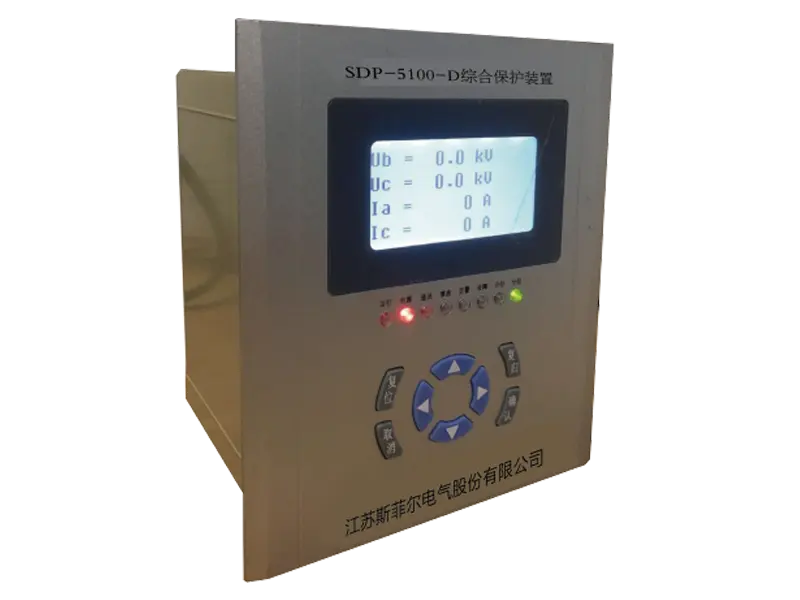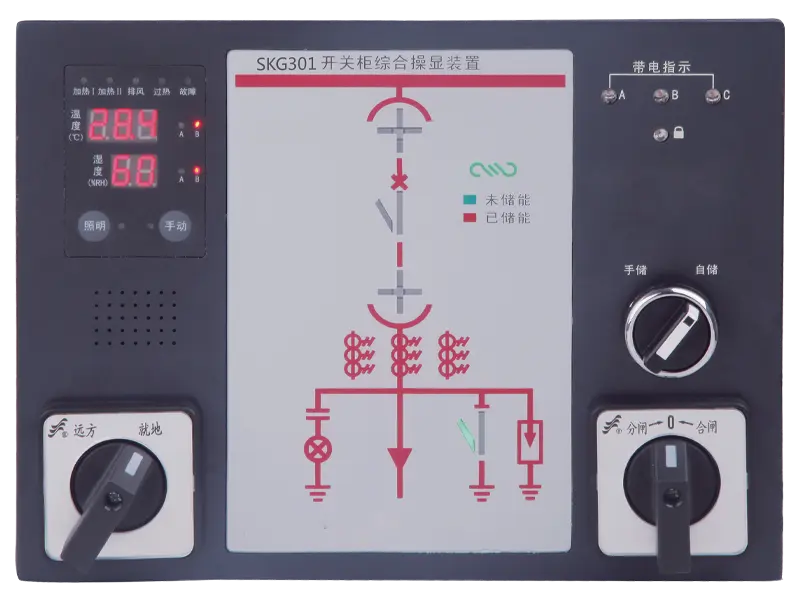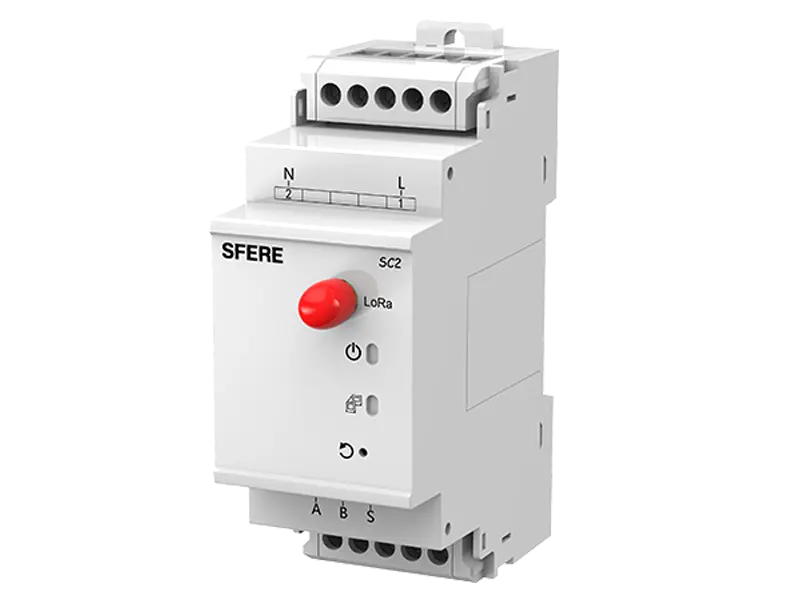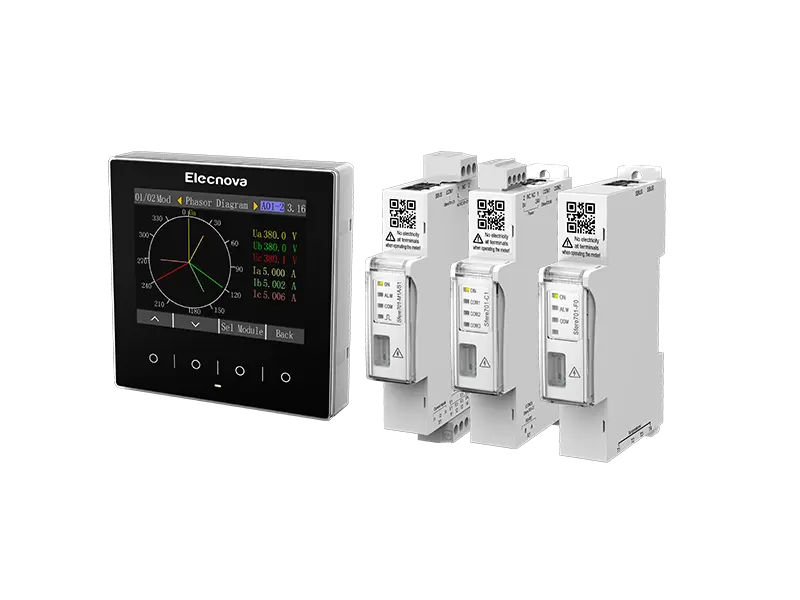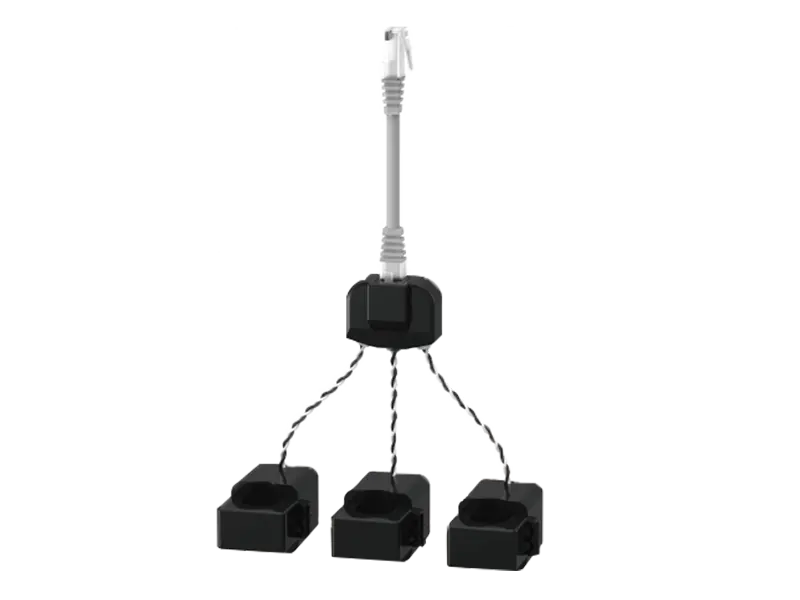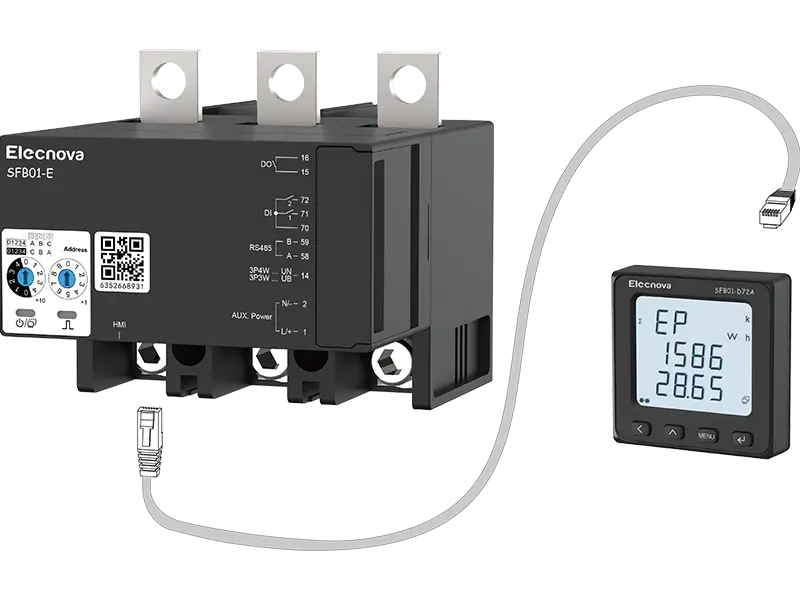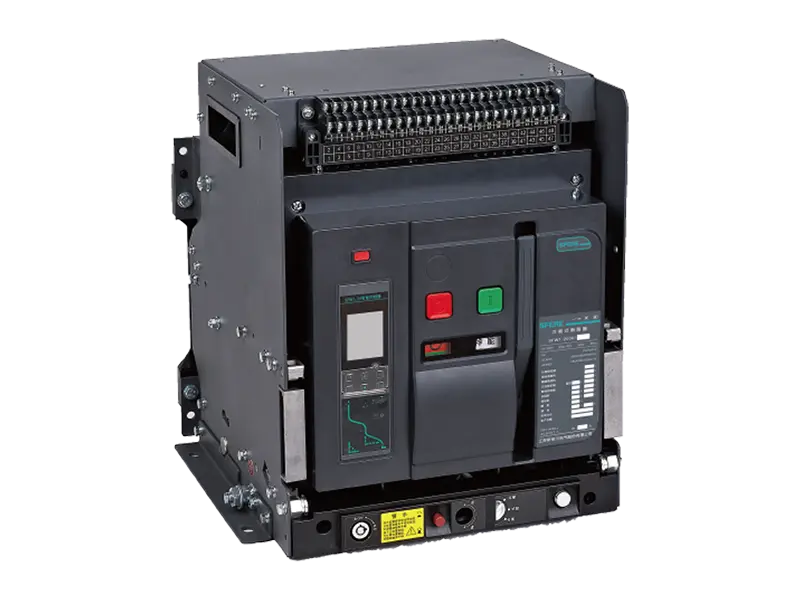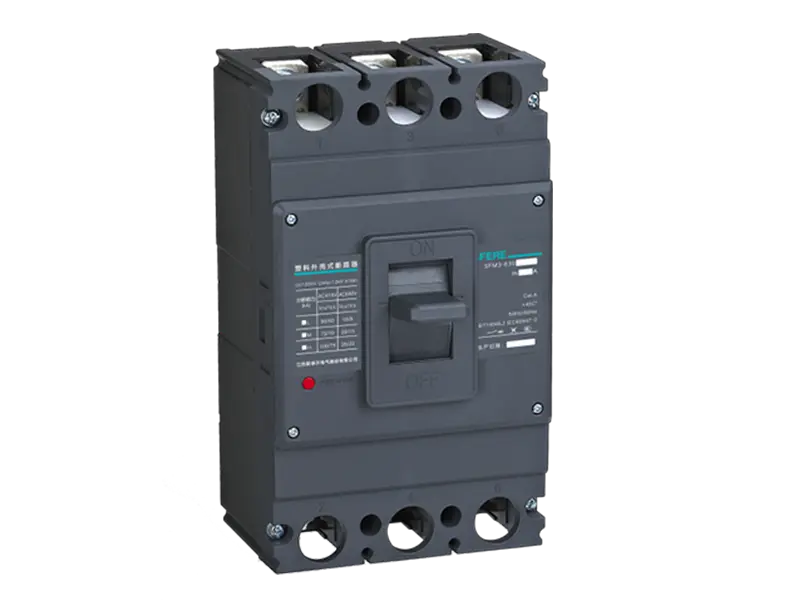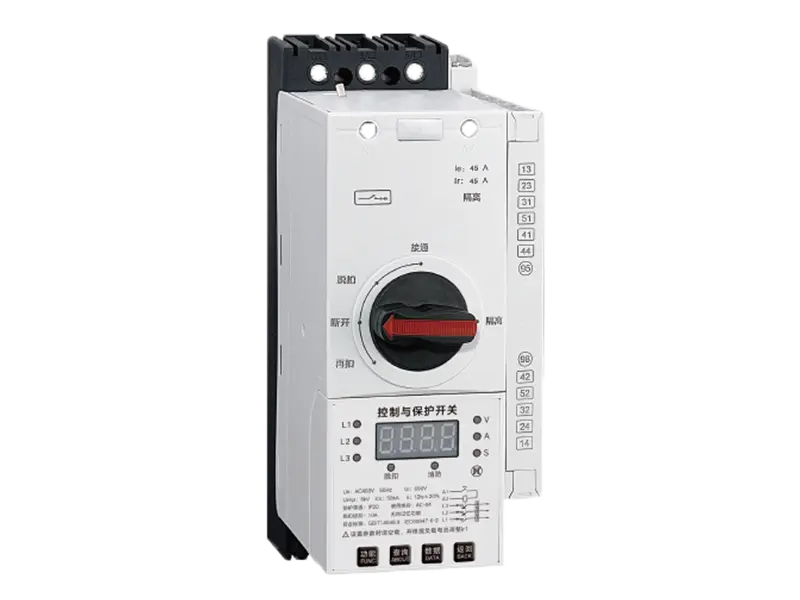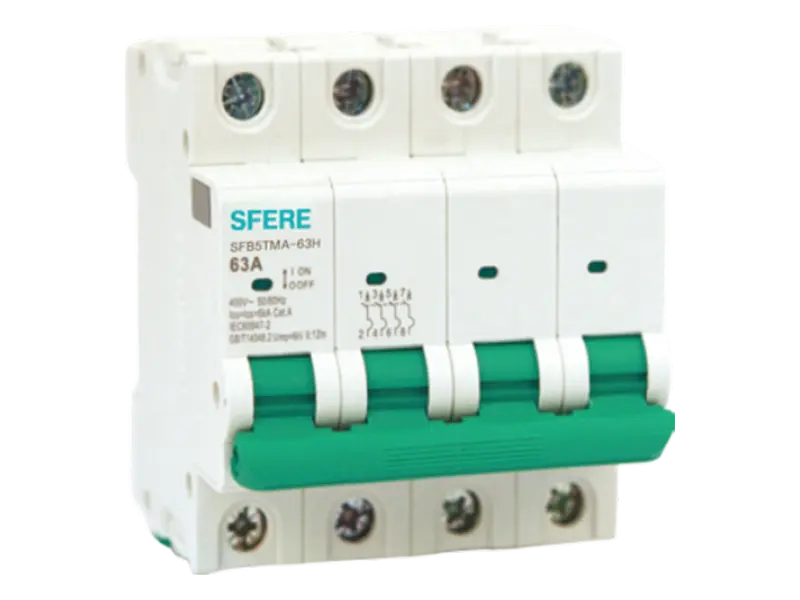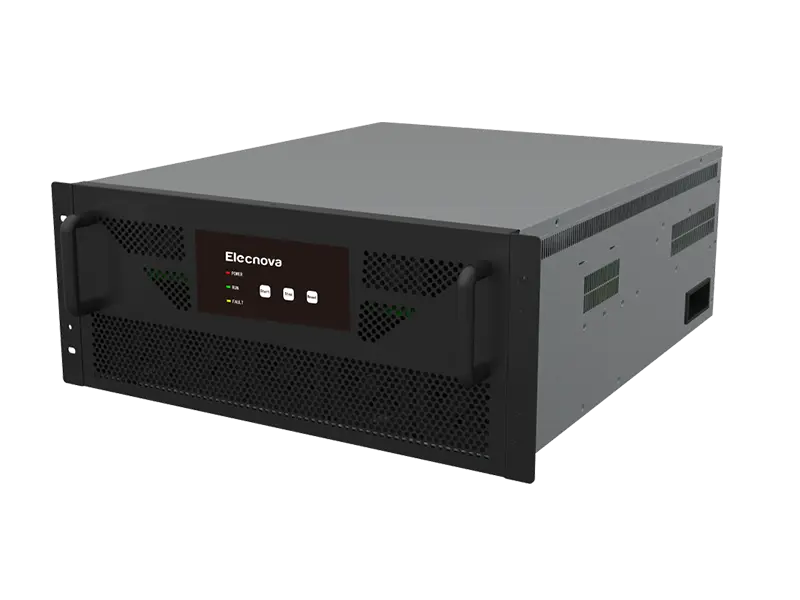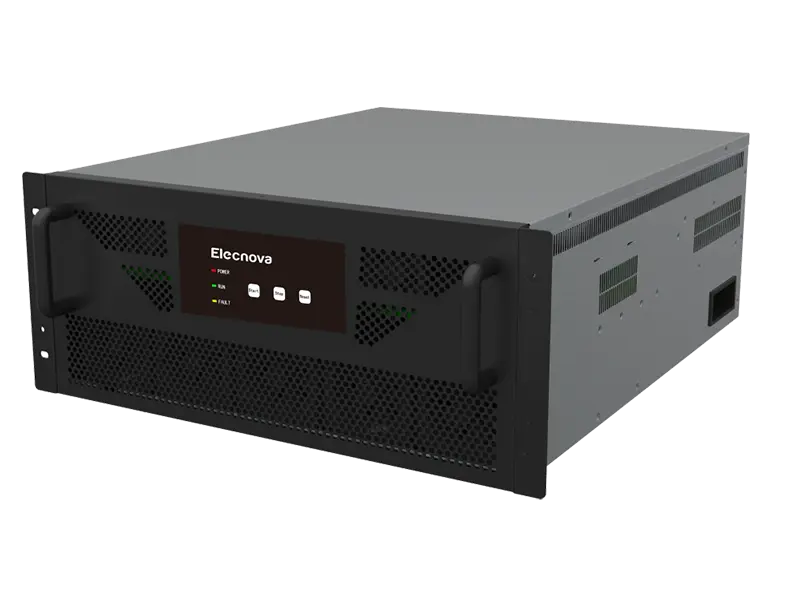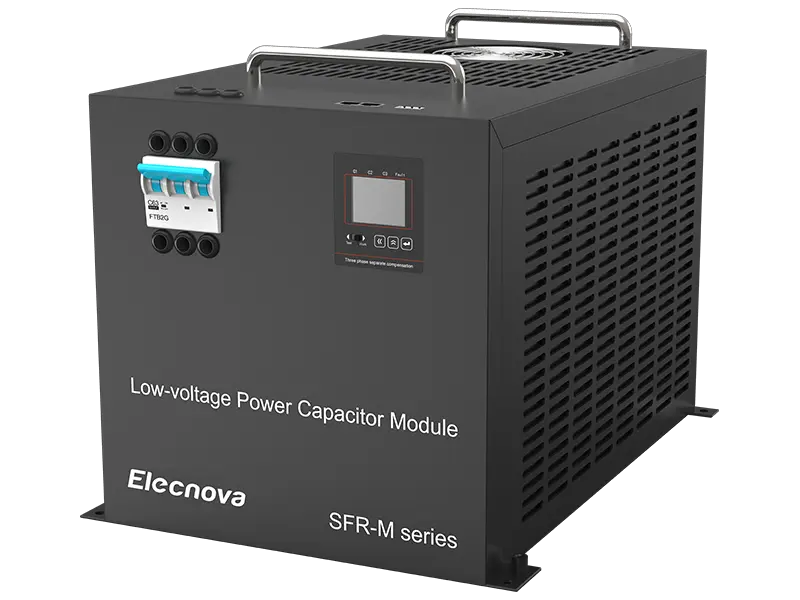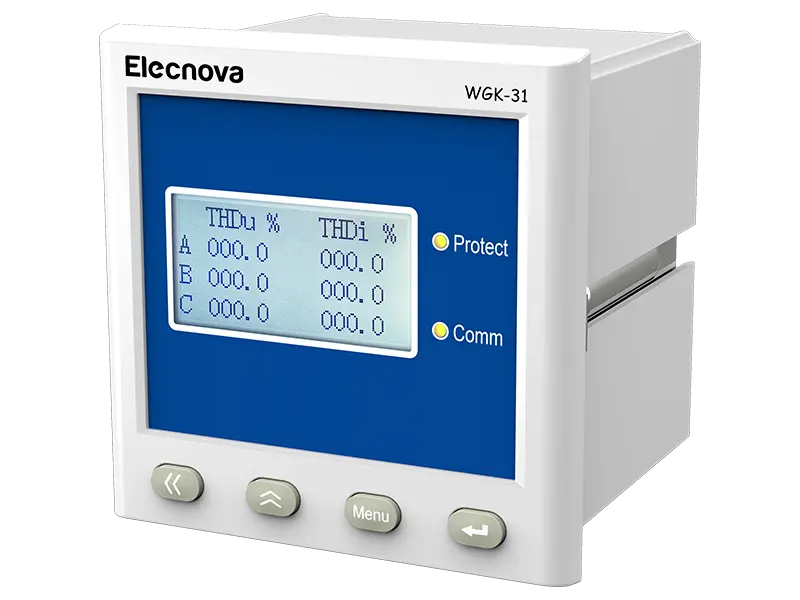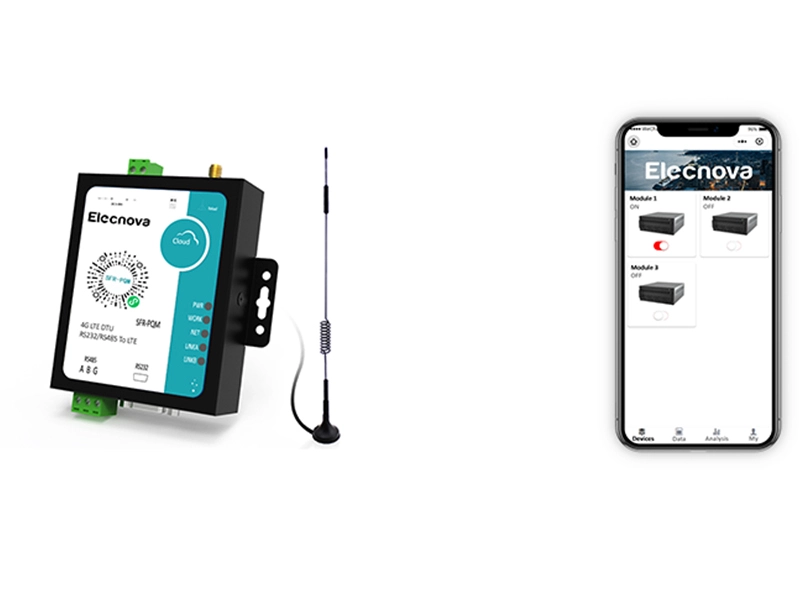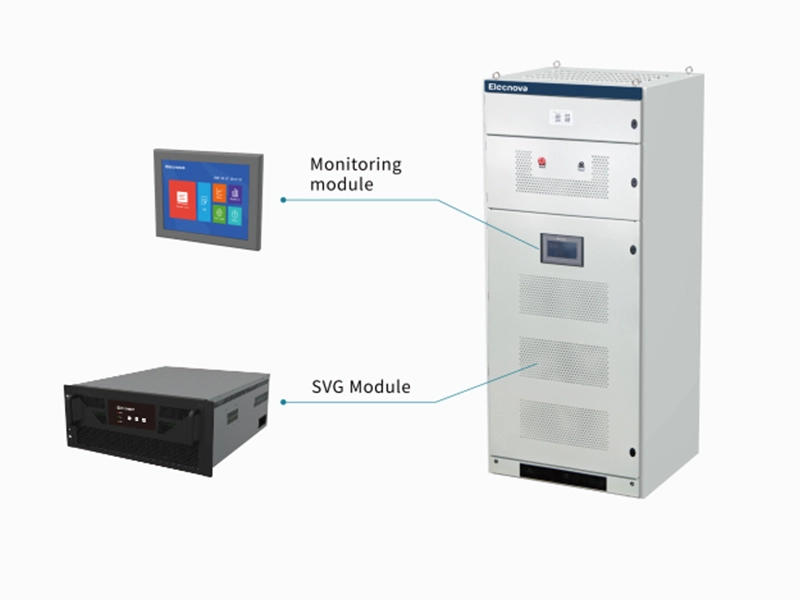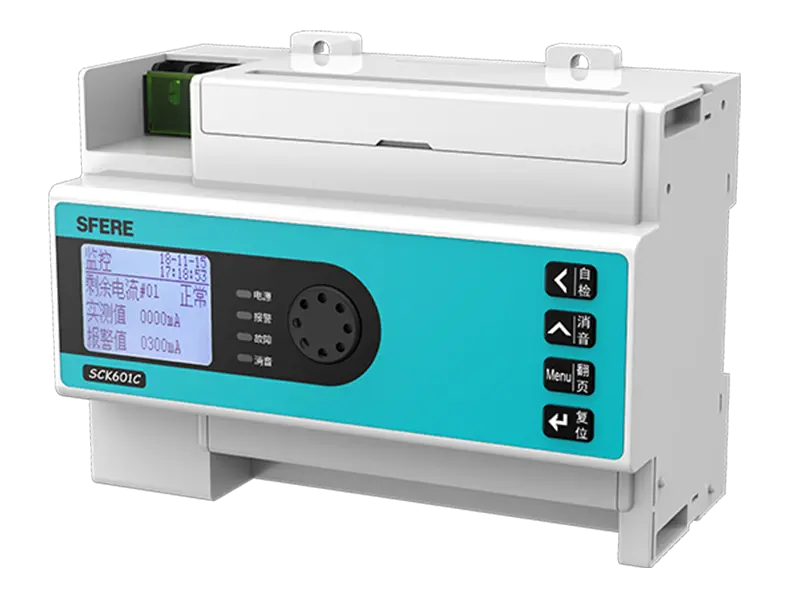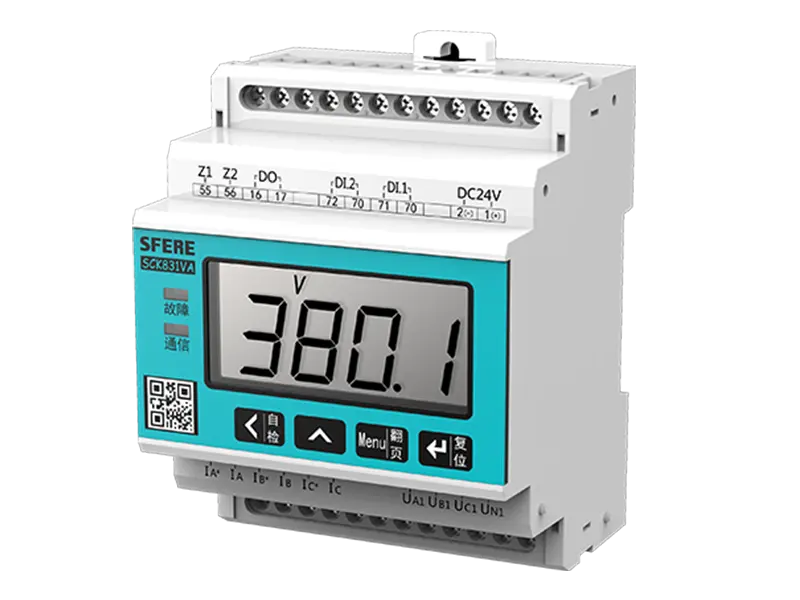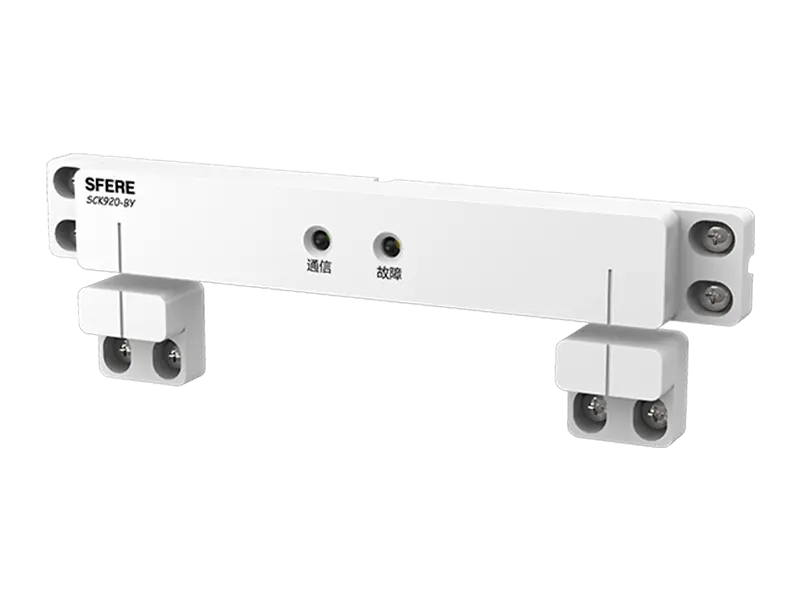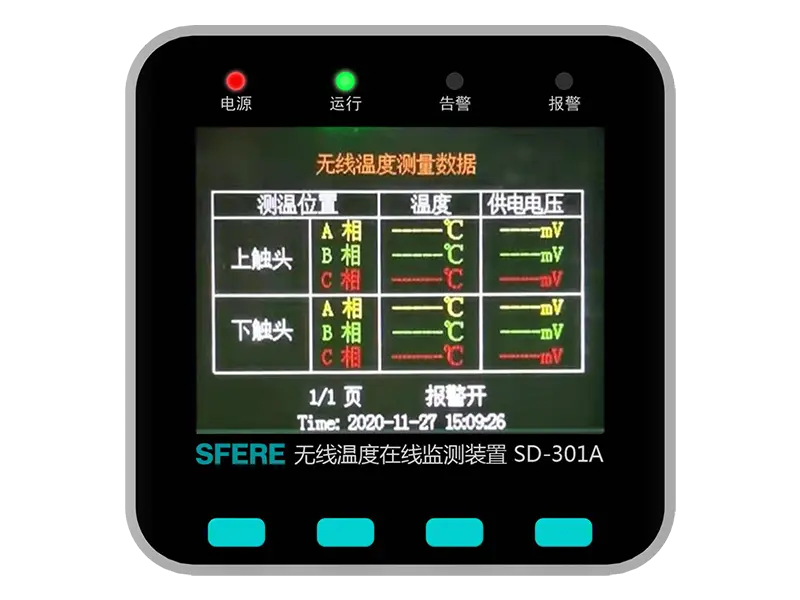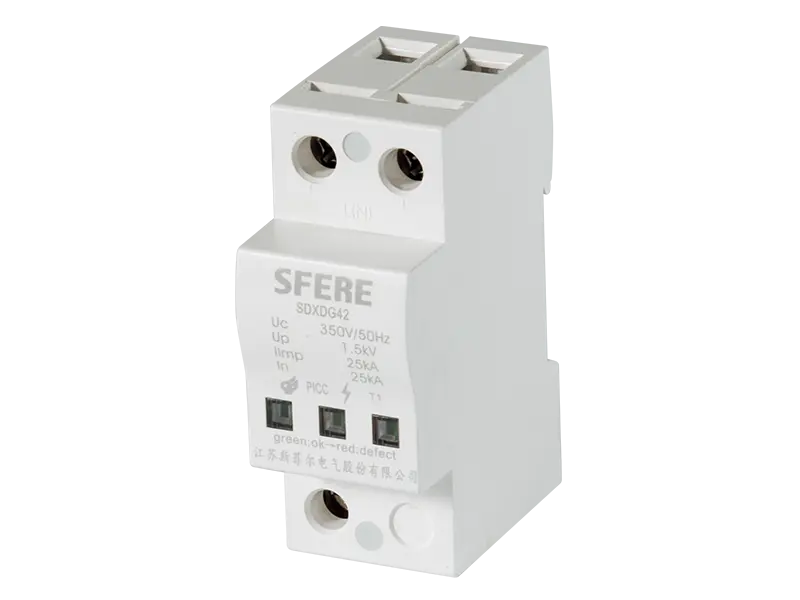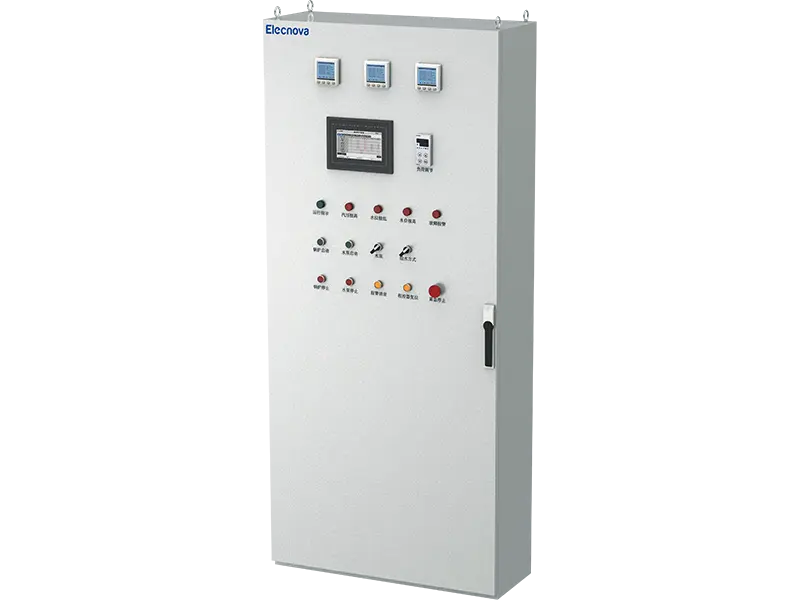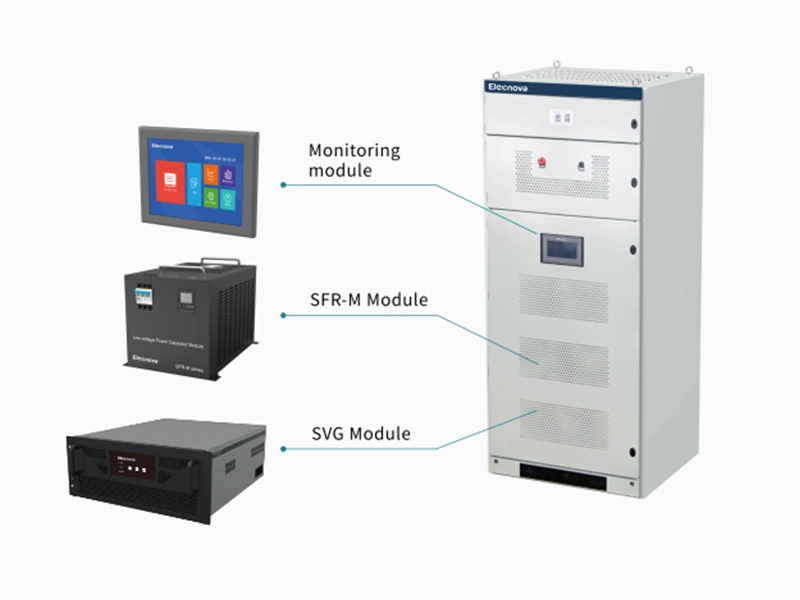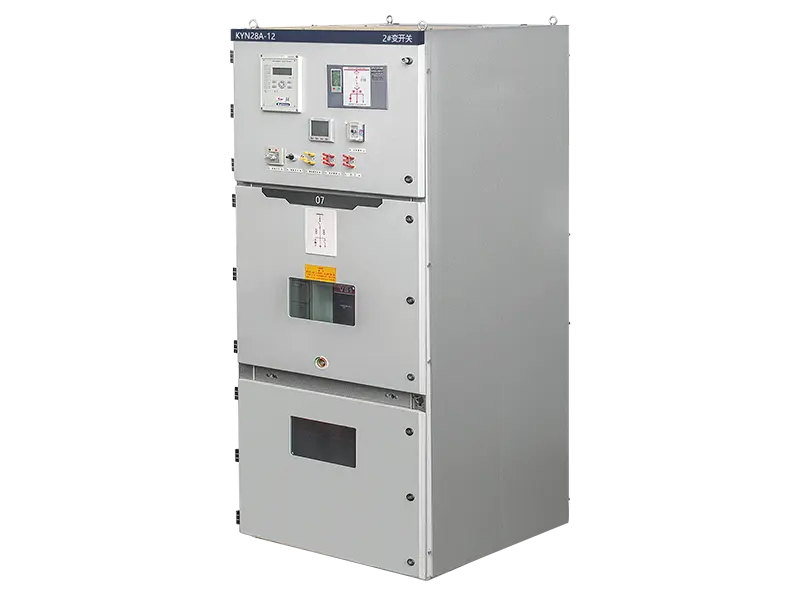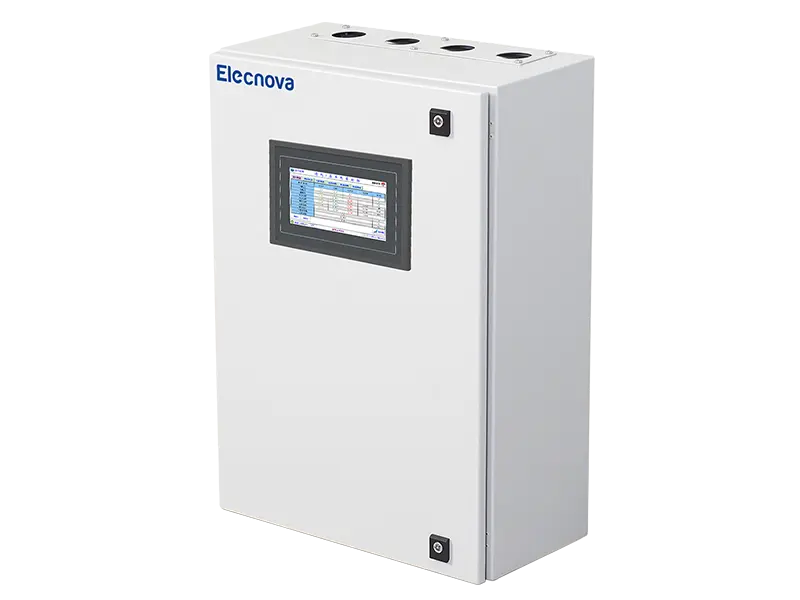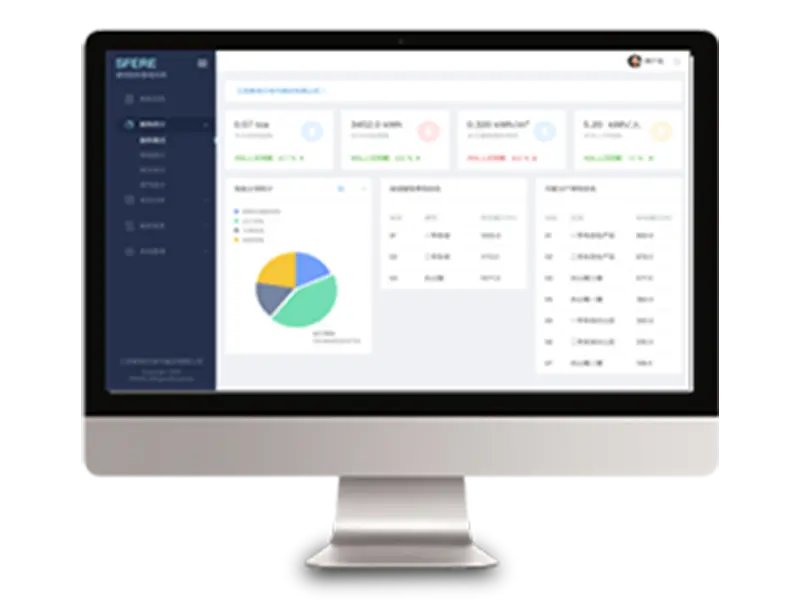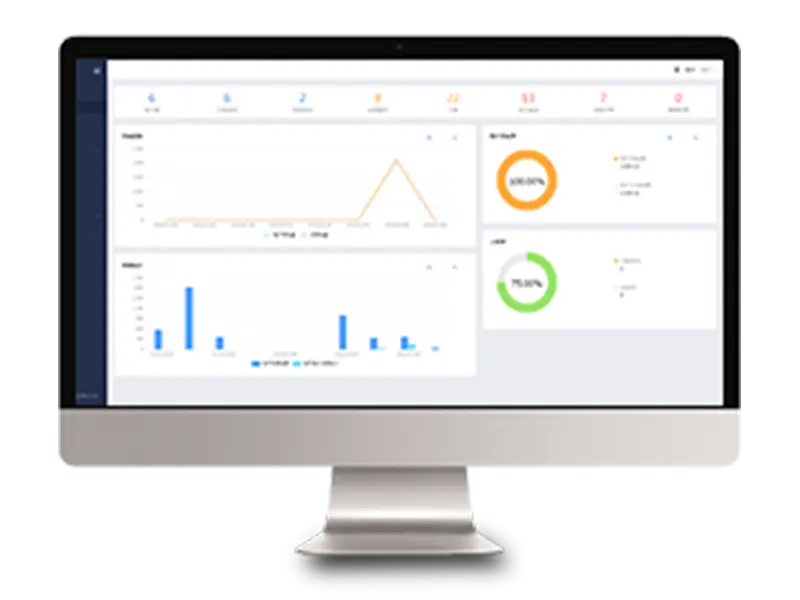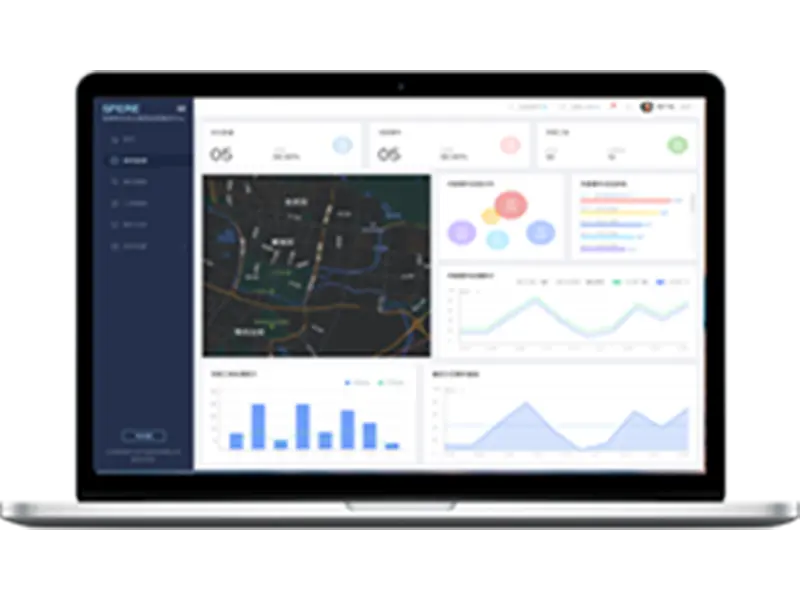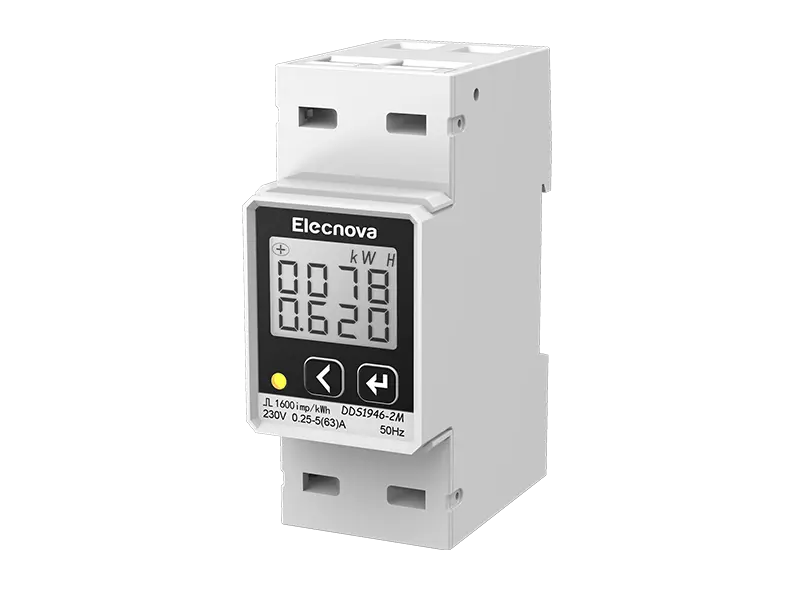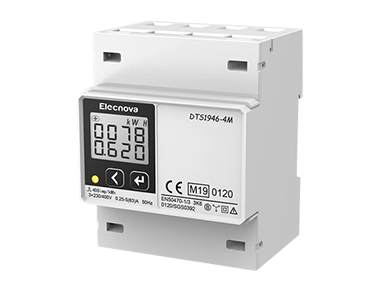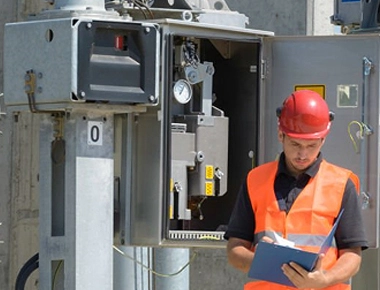An AC Din-Rail Mounted EV Charger Meter works by measuring and monitoring various electrical parameters during the charging process of electric vehicles (EVs). Here's how it typically functions:
1. Installation: The AC Din-Rail Mounted EV Charger Meter is installed on a DIN rail within an electrical panel or enclosure, typically located near the EV charging equipment. It is connected to the electrical supply circuit that powers the charging station.
2. Measurement: Once installed, the EV Charger Meter begins to measure key electrical parameters involved in the charging process. These parameters include:
- Voltage: The electrical potential difference between the charging station and the EV.
- Current: The flow of electric charge from the charging station to the EV.
- Power: The rate at which electrical energy is transferred to the EV, calculated as the product of voltage and current.
- Energy Consumption: The total amount of electrical energy consumed by the EV during the charging session, typically measured in kilowatt-hours (kWh).
3. Data Recording: The EV Charger Meter records data on these parameters in real-time as the EV charges. This data is typically stored internally within the meter or transmitted to an external data logging system for further analysis and monitoring.
4. Monitoring: Users can monitor the charging process in real-time by accessing the data collected by the EV Charger Meter. This may involve viewing information such as charging power, voltage levels, charging duration, and energy consumption through a digital display or remote monitoring interface.
5. Analysis and Reporting: The collected data can be analyzed to gain insights into charging behavior, energy usage patterns, and overall charging efficiency. Reports may be generated to summarize charging activity, identify trends, and optimize charging strategies.
6. Safety Features: In addition to monitoring and measurement capabilities, EV Charger Meters may incorporate safety features to protect against overloads, short circuits, or other electrical hazards during the charging process. This may include automatic shut-off mechanisms or alarms triggered by abnormal operating conditions.
Overall, an AC Din-Rail Mounted EV Charger Meter functions as a vital tool for monitoring and managing EV charging operations, providing valuable data and insights to ensure efficient, safe, and reliable charging experiences.


